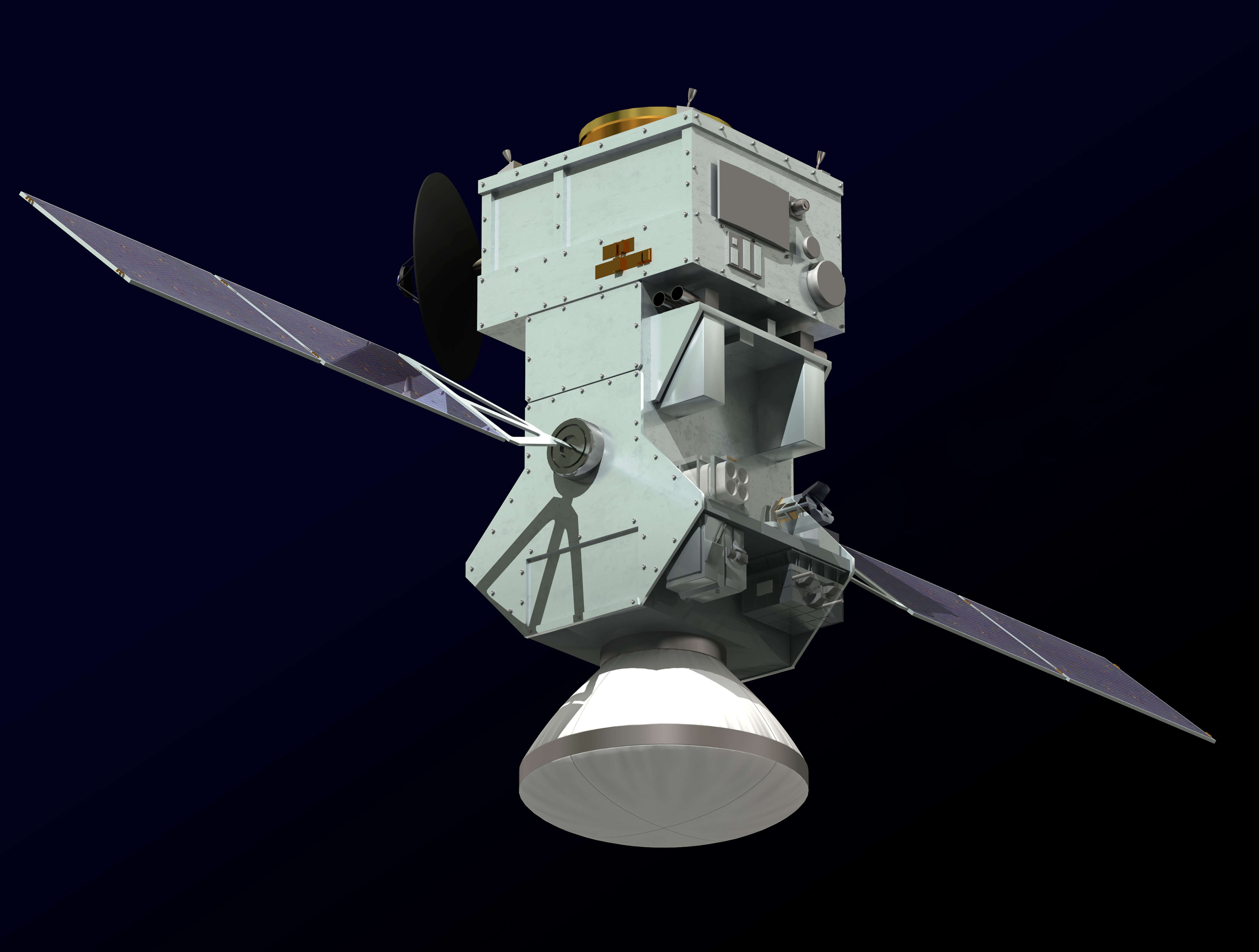Create a free profile to get unlimited access to exclusive videos, sweepstakes, and more!
So water vapor is seeping out of Mars, but what could it mean?

After Perseverance touches down tomorrow, what is found in the reddish dust of Mars may tell the rover (and some really anxious scientists back on Earth) why its atmosphere vanished or if Jezero crater really was a lake, but what is coming out of Mars may also reveal things about the Red Planet’s distant past.
Though water is already known to exist on the surface of Mars, but this is the first time scientists have discovered water vapor in the Martian atmosphere. Most of its water is in ice caps or underground, but some vaporizes straight into the air by sublimation. The hydrogen from that vapor is escaping the atmosphere. Isotopes of hydrogen from that vapor may or may not show evidence of how Mars lost its liquid water, and whether life could have existed on a planet that is thought to have morphed from something Earthlike into a freezing dystopian hellscape.
NASA Goddard planetary scientist Geronimo Villanueva specializes in seeking out organic molecules on Mars and is a co-investigator for ESA and Roscosmos’ joint ExoMars Trace Gas Orbiter mission that made this discovery. He and his team first caught sight of these isotopes through solar occultations, a technique that analyzes sunlight that passing through whatever is left of the decimated Martian atmosphere — if you can even call it that.
“The advantage of performing solar occultations is that we probe the vertical profiles of species on Mars as the Sun traverses the atmosphere as seen by the spacecraft,” Villanueva, who coauthored a study recently published in Science Advances, told SYFY WIRE. “Being that the Sun is so bright, it provides excellent sensitivities, while the large slant path of the observations increases our capability to detect trace and isotopic species.”
The ExoMars spacecraft is equipped with the NOMAD, or Nadir and Occultation for MArs Discovery, instrument which helped human eyes see those atmospheric water isotopes for the first time ever. From the ultraviolet to the visible to the infrared, it analyzes a range of wavelengths in the spectrum of sunlight to determine what previously unknown particles or molecules could be floating out there. Water isotopes can give away how what is now a barren planet lost the liquid water on its surface over billions of years.
Factoid: a nadir is the point on a spherical body in space directly below an observing astronaut or spacecraft, which is the opposite of the highest point, or zenith. NOMAD can operate in nadir mode when needed.
So how can isotopes of H2O tell us about what Mars used to be like before it got attacked by killer radiation and lost all liquid water from the surface? What form these isotopes come in can be an indicator of how much water Mars had when it was possibly a more habitable planet. There is hydrogen, and then there is hydrogen.
“Isotopic ratios operate as evolutionary chronometers,” Villanueva said. “The light form of hydrogen (H), escapes from Mars more easily than its heavier form, deuterium (D). Over time, this leads to an enrichment of D, and the D to H ratio tells us about the amount of water in the past, and how water is being stored on Mars. ExoMars/TGO can probe water in all its formd on Mars.”
Because of the superlow pressure on Mars, which is around just one percent of that on our planet, water can only exist as ice or vapor. Ice that can’t keep cool during the Martian summer sublimates and turns right into vapor instead of melting. This doesn’t happen to water on Earth as often. However, you have probably seen sublimation in action without realizing it. The frozen CO2 that is otherwise known as dry ice will start to sublimate at almost 110 degrees Fahrenheit, so room temperature is obviously no problem. The vapor that rises from it has that ghostly effect so popular with haunted houses.
Now that Villanueva and his team have seen evidence of water vapor escaping Mars, they have a much better idea of how water behaves on the Red Planet and above it.
“We now have a new view in 3D of how water rises, circulates and its isotopic signature is transformed in the Martin atmosphere,” he said. “This allows us to better understand how water is lost, and how the reservoirs on the surface of Mars (such as polar caps and regolith) interact and exchange water.”















